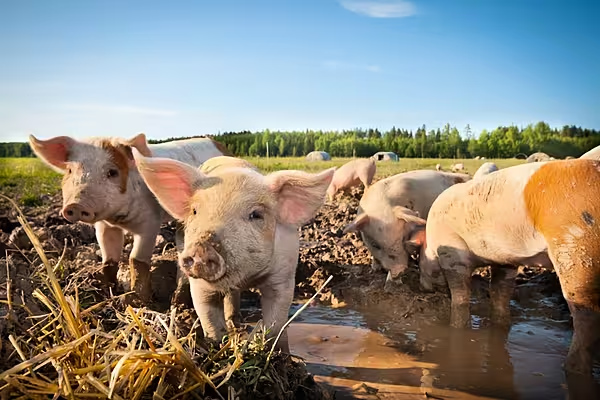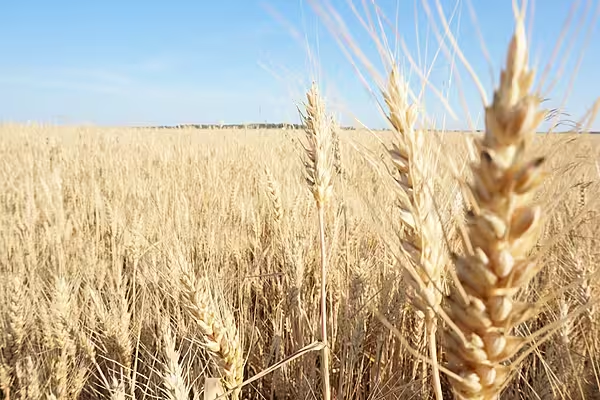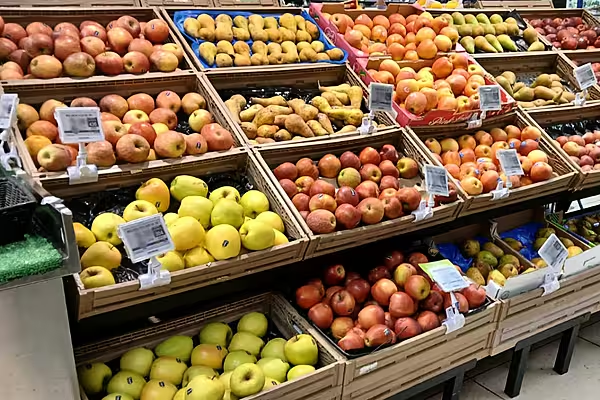There is no more room for growth in Chinese pork consumption in the near future, Zhu Zengyong, a researcher with the state-backed Chinese Academy of Agricultural Sciences said.
A rise in demand from the world's biggest pork consumer had propelled the expansion and modernisation of hog farms but consumption took a downturn in recent years due to a weakening economy, leading to a surplus that has hammered prices.
Current demand in China is stable and unlikely to rise further, Zhu said in a seminar.
He said it is not advisable for companies to expand breeding sow capacity this year and should instead focus on cost reduction and improving the efficiency of breeding sows.
Beijing in 2024 lowered the national target for normal retention of breeding sows to 39 million from 41 million and issued regulations to control the nation's pig production capacity.
Pork Production
In an annual rural work policy blueprint released on Sunday (23 February), known as the No. 1 document, the State Council said it will strictly enforce and supervise pig slaughter and regulate pork production capacity.
A rise in the number of breeding sows this year could continue to pressure hog prices throughout the year, Zhu said.
Zhu forecasts pork imports to further decline in 2025 from last year's 1.07 million metric tonnes while demand for offal will remain unchanged.
China's imports of pork meat and offal had already shrunk 15.7% last year, a fourth consecutive annual decline, as the industry grappled with an oversupplied market.
Zhu expects the number of pigs slaughtered in 2025 to increase from 2024, while the average price of pigs will decrease by 10% to 20%.










